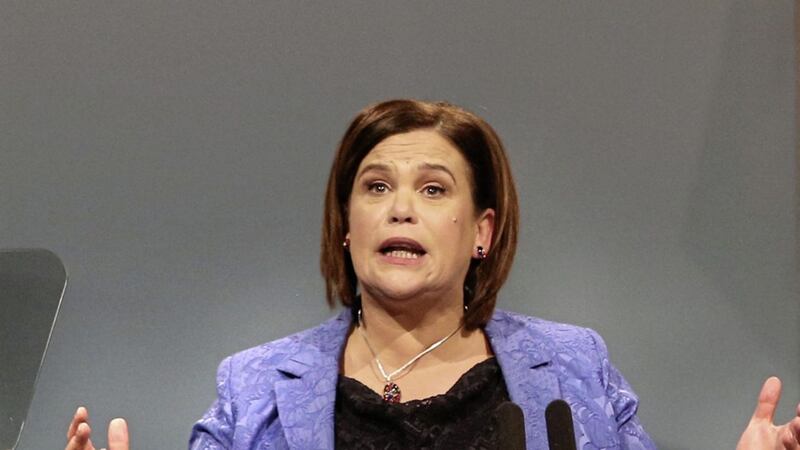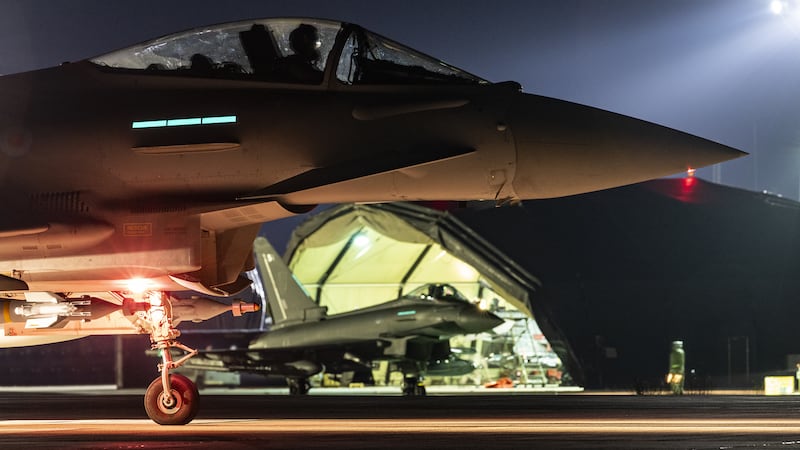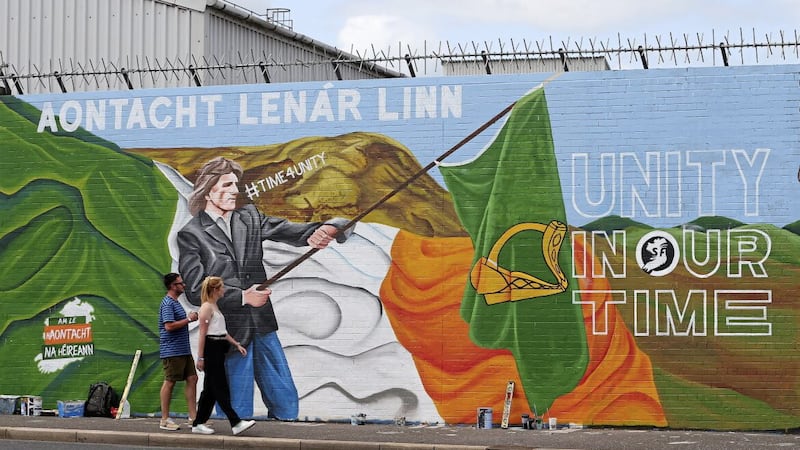In a few weeks’ time, the south will go to the polls to elect a new government. Leo Varadkar will be hoping to lead Fine Gael successfully into a third consecutive government, a feat not achieved by the party since its earlier life existence in the 1920s as Cumann na nGaedhaeal.
The southern electorate is broadly content with the state of the economy and the Irish government’s stewardship of the Brexit crisis under the direction of the taoiseach has been almost universally well received.
But Fine Gael is vulnerable on a trio of major policy areas in health, homelessness and housing, and these themes will continue to be hammered home by opposition parties throughout the campaign.
Fianna Fáil has been out of government for almost exactly nine years, the party’s longest stretch in opposition since formation in 1926. This has been a truly humbling period for Dev’s party, a direct consequence of the party’s calamitous handling of the banking crisis more than a decade ago.
The party’s founder once famously claimed that he only had to look into his heart to know what the Irish people wanted. For the past decade, it’s been very clear that the one thing they most certainly did not want was his party running the government.
Micheál Martin is heading into his third general election as Fianna Fáil leader. Having guided the party on the long and winding road of recovery since 2011, he knows that the realisation of his political ambition to be taoiseach is within touching distance. The local elections in May of last year saw Fianna Fáil being returned as the largest party across the state, including in Dublin.
Election campaigns often take on a life of their own. Events can play a defining role in shaping the narrative, helping parties to rise or fall. Varadkar’s judgment was questioned on a number of occasions in recent months, including over his handling of successive controversies involving Maria Bailey, Verona Murphy and Dara Murphy. Fianna Fail were shaken by the Votegate scandal in Leinster House which exposed the practice of TDs voting for absent colleagues. Just last week, ignorant and small-minded comments about the taoiseach attributed to a Sinn Féin councillor in Dublin put the party on the back foot just as it was seeking to gain support for its public housing building programme.
At this juncture, there is a very good chance the electorate will finally signal a willingness to forgive - if not forget - the Soldiers of Destiny and return them to government.
But the reason this election is so intriguing is not simply because of the battle between the two main parties.
One of the features in the evolution of modern Ireland has been the dramatic decline in support for Fianna Fáil and Fine Gael.
In 1937, the two parties between them accounted for 80 per cent of votes cast. As recently as 2007, the parties could still garner almost 69 per cent of the overall vote.
All changed utterly with the financial crisis.
In the last Dail election in 2016, the combined Fianna Fáil-Fine Gael vote shrunk to just under 50 per cent, a historic low. They could only muster 52 per cent in last year’s local elections.
Whichever party leads the next government, it is inevitable that they will be at the helm of a coalition of two if not three parties, with perhaps support still required from an assortment of Independents.
The confidence and supply deal in place since 2016 was extraordinary and is unlikely to be repeated any time soon.
In that context, the decision of both Varadkar and Martin to publicly state they would not countenance entering into a coalition with Sinn Féin should be taken with a pinch of salt.
Sinn Féin firmly established themselves as the third party in the last Dail election. Their electoral fortunes have taken a turn for the worse in the interim, though a surprise by-election victory in November gave some cause for optimism. A relative decline in support should still see them return in the traditional kingmaker role associated with third party status, though it may take another election (perhaps this year) for the big two parties to resign themselves to the inevitable.
The numbers alone now dictate when Sinn Féin are deemed acceptable partners. A final ‘watershed’ moment of the peace process nears.









